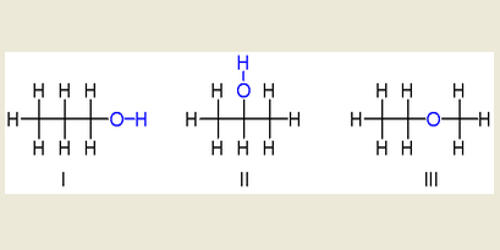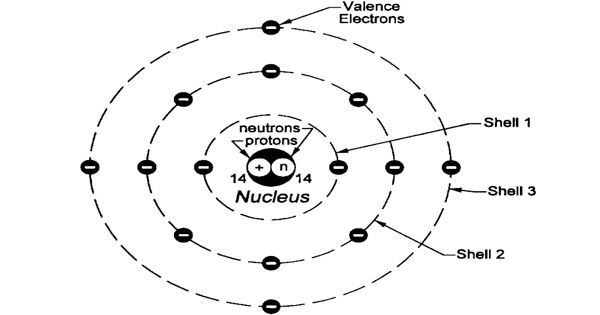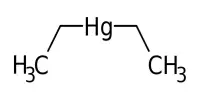Isomers are different compounds that have the same molecular formula but the atoms are attached in different ways. In chemistry, they are ions or molecules with identical formulas but distinct structures. They are molecules that have the same molecular formula but have a different arrangement of the atoms in space. Isomers do not necessarily share similar properties. Two main forms of isomerism are structural isomerism (or constitutional isomerism) and stereoisomerism (or spatial isomerism). They are compounds whose molecular formulas are the same but chemical structures are different. In structural isomerism, the atoms are arranged in a completely different order. This is easier to see with specific examples.
Different Types of Isomers –
- Constitutional Isomers – They are compounds where the atoms are connected or bonded differently. These isomers can also be referred to as structural isomers.
- Stereoisomers – They are compounds that differ because of orientation in space. They are isomers whose atoms are bonded together in the same sequence but differ from each other in the orientation of the atoms in space.
Isomerization
Isomerization is the process by which one molecule is transformed into another molecule that has exactly the same atoms, but the atoms are rearranged. In some molecules and under some conditions, isomerization occurs spontaneously. When the isomerization occurs intramolecularly, it is considered a rearrangement reaction.
Medicinal chemistry
Drug isomerism has opened a new era of drug development. Isomers having distinct biological properties are common; for example, the placement of methyl groups. Currently, knowledge of isomerism has helped us in introducing safer and more effective drug alternatives to the newer as well as existing drugs. In substituted xanthines, theobromine, found in chocolate, is a vasodilator with some effects in common with caffeine; but, if one of the two methyl groups is moved to a different position on the two-ring core, the isomer is theophylline, which has a variety of effects, including bronchodilation and anti-inflammatory action. Many existing drugs have gone chiral switch i.e., switching from the racemic mixture to one of its isomers. The consequence of the design of drugs is considered: enantiomer or racemate, or would it be wise to design effective drugs without a center of asymmetry. Another example of this occurs in phenethylamine-based stimulant drugs. Phentermine is a non-chiral compound with a weaker effect than that of amphetamine. It is used as an appetite-reducing medication and has mild or no stimulant properties.
















